Wolbongseowon Confucian Academy (월봉서원)
16.2Km 4310 2021-07-06
133, Gwanggok-gil, Gwangsan-gu, Gwangju
+82-62-960-8253
Wolbongseowon Confucian Academy, built in 1578, was established by Kim Gyehwi and other confucian scholars to honor Ki Daeseung's study and virtue through Mangcheonsa Shrine. The location of the academy was moved to its current site in 1646, and the name Wolbong was given by King Hyojong in 1654. In 1671, Bak Sang and Bak Sun's shrines were moved from Deoksansa Shrine by the suggestion of Song Siyeol. Also, Kim Jangsaeng and Kim Jip's shrines were additionally placed in 1673. Unfortunately, the confucian academy was abolished due to the abolition policy of Daewongun in 1868. Later, Bingwoldang Hall was built by Jeollanam-do's Confucian scholars in 1938, followed by Gojiksa Shrine in 1972, Jangpangak Pavilion and Oesammun Gate in 1978, Sau in 1980 and Naesammun Gate in 1981. Bingwoldang is designated as Gwangju Monument No. 9 and woodblocks of Gobongjip are preserved in Jangpangak Pavilion.
Borinara Hagwon Farm (보리나라 학원농장)
16.2Km 35187 2024-04-07
158-6, Hagwonnongjang-gil, Gochang-gun, Jeonbuk-do
+82-63-564-9897
Borinara Hagwon Farm is a large-scale barley farm that measures an extensive 561,983 m². It is the nation’s largest barley field. The farm has been seeing a flood of tourists and photographers since its recognition as a tourist-friendly farm. The farm has also featured in several media channels such as dramas, commercials, and films.
To entertain the growing number of visitors, the farm hosts the Green Barley Field Festival in spring and the Buckwheat Flower Festival in fall before the harvest season when the crops are at their peak. In addition to the festivals, visitors can also participate in various activities and buy souvenirs as well as local produce.
Gochang Green Barley Field Festival (고창청보리밭 축제)
16.3Km 11159 2024-04-17
150 Hagwonnongjang-gil, Gongeum-myeon, Gochang-gun, Jeonbuk-do
+82-63-560-2524
The Gochang Green Barley Field Festival is held every year in late April among the beautiful green barley fields of Gochang-gun. It is the region’s most popular festival. The festival celebrates the plentiful barley grown here, known to be more precious than rice.
Gochang Blue Farm Pink Muhly Season (고창청농원 핑크뮬리시즌)
17.0Km 0 2024-08-20
41-27 Cheongcheon-gil, Gongeum-myeon, Gochang-gun, Jeonbuk-do
+82-10-8801-7722
Gochang Blue Farm takes on a pink hue each fall with the arrival of pink muhly. Visitors can enjoy taking photos at the photo zones places throughout the vast field of waving fronds, and take a break at the hanok rest area.
Gochang Dosoram Hermitage (도솔암(고창))
18.2Km 22384 2024-04-07
294, Dosol-gil, Gochang-gun, Jeonbuk-do
+82-63-564-2861
Dosoram Hermitage, along with Seonunsa Temple, is thought to have been built during the Baekje era (18 BC-AD 660). The temple is managed by Seonunsa Temple on Dosolsan Mountain in Gochang-gun, Jeollabuk-do.
Seonunsan Mountain [National Geopark] (선운산 (전북 서해안 국가지질공원))
18.3Km 27097 2024-04-07
158-6, Seonunsa-ro, Gochang-gun, Jeonbuk-do
+82-63-560-2699
Seonunsan Mountain is famous for its sunrise views at Nakjodae Overlook and Cheonmabong Peak. The mountain is mostly comprised of hard volcanic rocks, creating a landscape of sharp cliffs softened by the forest vegetation.
Dosolgyegok Valley (Seonunsan Mountain) (도솔계곡 (선운산))
18.4Km 8803 2024-04-07
250, Seonunsa-ro, Gochang-gun, Jeonbuk-do
+82-63-560-8681
Dosolgyegok Valley is located in Seonunsan Mountain in the Gochang-gun district. Seonunsan Mountain, which is also called Dosolsan Mountain, is known for its thick forests and intriguing rock formations. Along the valley, there are many interesting sites such as Jinheungdonggul Cave, Yongmundonggul Cave, Nakjodae Overlook, and Cheonma peak. Dosolgyegok Valley is also famous for being very deep, where the mountain and water fight each other and whirl around in a yin & yang shape. The green forests in summer cover the valley beautifully, and the red leaves and white snow decorate the area in fall and winter.
Gochang Seonunsa Temple (선운사 (고창))
18.4Km 37410 2024-04-07
250, Seonunsa-ro, Gochang-gun, Jeonbuk-do
+82-63-561-1422
Seonunsa Temple is known to have been built in 577, the 24th year of King Wideok of the Baekje dynasty. It is the second head temple of Jogye Order in Jeollabuk-do. According to the temple's historical records, it was originally a very large temple with 89 hermitages and 3,000 monks. Today, only four hermitages remain: Dosoram, Chamdangam, Dongunam, and Seoksangam. In addition, the temple is home to 25 prestigious heritages, namely the Forest of Common Camellias, which is designated as ㅁ Natural Monument. A festival dedicated to this forest is held every April.
Gohyang Sikdang (고향식당)
18.5Km 14999 2024-04-18
20-3 Jungchon-gil, Asan-myeon, Gochang-gun, Jeonbuk-do
Gohyang Sikdang is a highly recommended restaurant in Gochang known for its grilled eel dishes. Their signature dish is the Pungcheon jangeo yangnyeom gui (Pungcheon grilled marinated eel) seasoned with a sauce made from over 30 kinds of fruits and medicinal herbs, grilled to perfection. Pungcheon eel from Seonunsan is famous for its rich and savory flavor. They also offer other menu items such as jangeo tang (spicy eel stew) and dolsot sanchae bibimbap (hot stone pot wild vegetable bibimbap).
Naejangsan National Park (내장산국립공원)
19.3Km 157600 2024-04-07
328, Naejanghoban-ro, Jeongeup-si, Jeonbuk-do
+82-63-538-7875
Naejangsan Mountain is a famous mountain in Jeollabuk-do, and the best mountain in Korea to view the fall foliage. Because of the bright autumn leaves that blanket Naejangsan Mountain in fall, the mountain is also referred to as Geumgang of Honam, referencing the beautiful Geumgangsan Mountain.
Inside the park, there are famous waterfalls, such as Dodeokpokpo Falls and Geumseonpokpo Falls, and temples such as Baegyangsa Temple and Naejangsa Temple. In addition, there are about 760 kinds of local plants, including those designated as Natural Monuments, and various wild animals living inside the park.
Naejangsan National Park is beautiful not only in fall, but also in spring when the azaleas and cherry blossoms bloom, in summer when the mountain turns green, and winter when the rock cliffs are covered with snow.
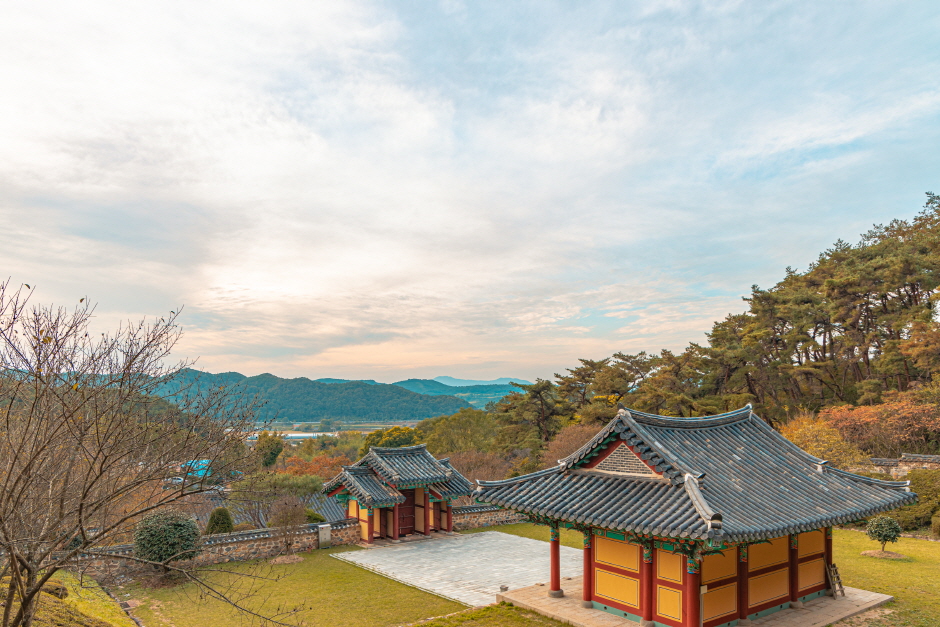
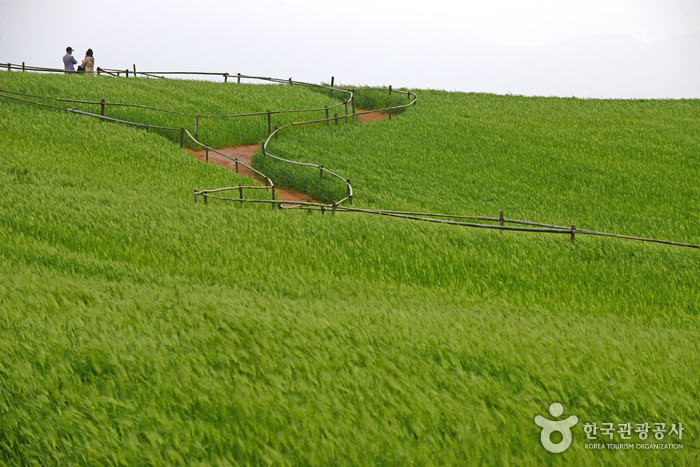
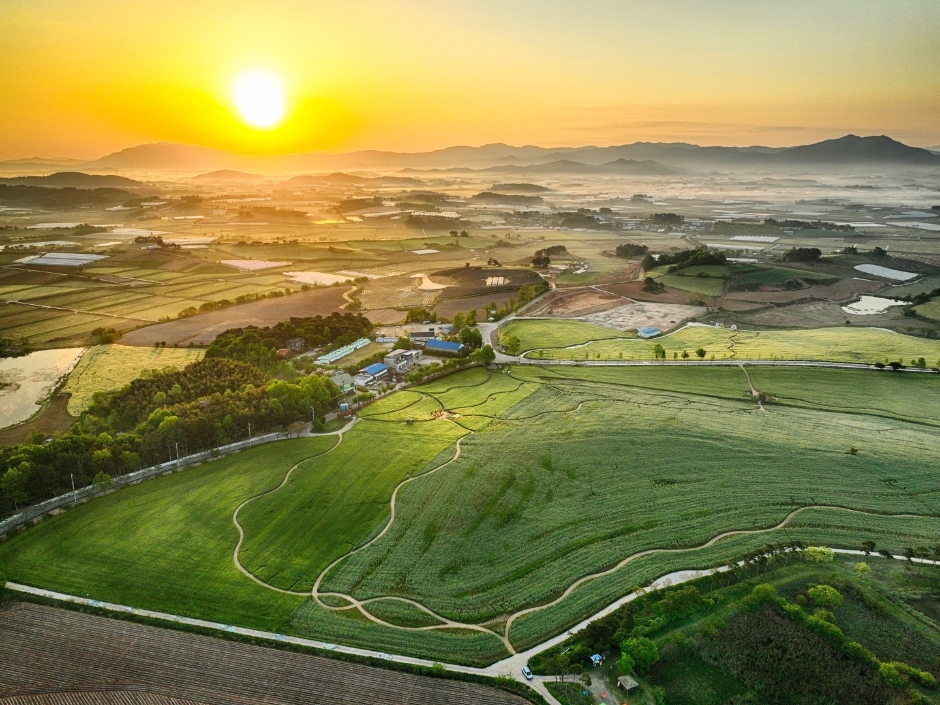
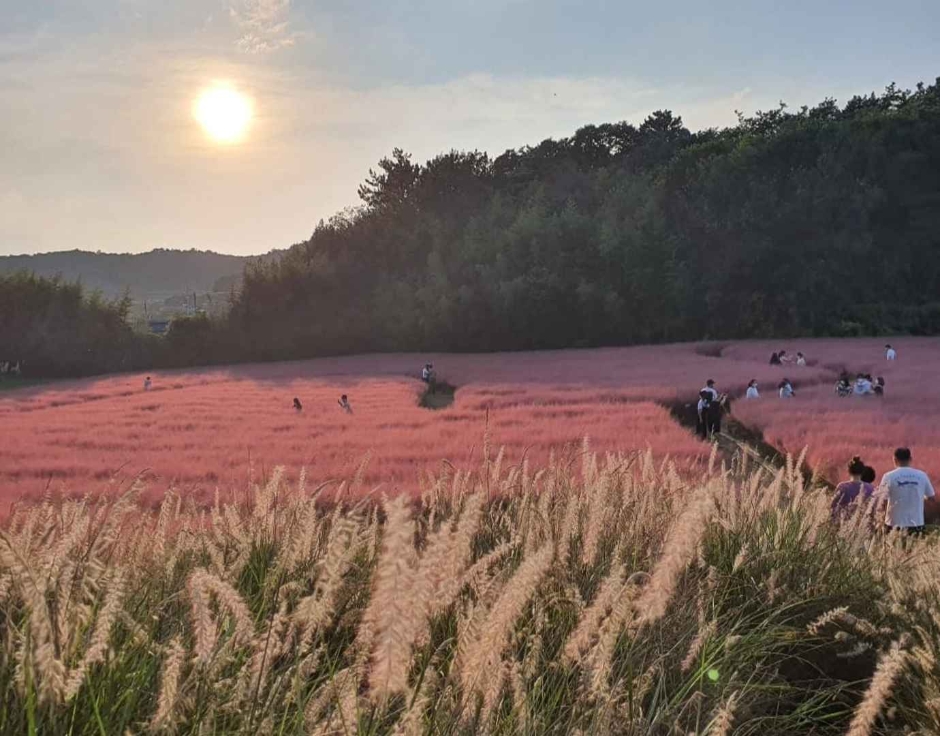
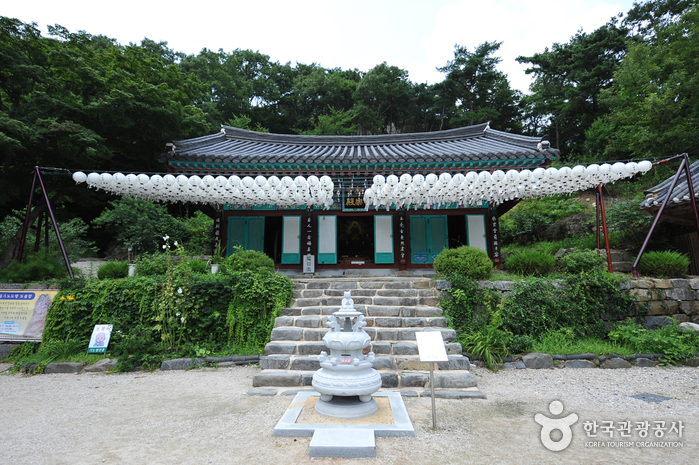
![Seonunsan Mountain [National Geopark] (선운산 (전북 서해안 국가지질공원))](http://tong.visitkorea.or.kr/cms/resource/64/2678864_image2_1.jpg)

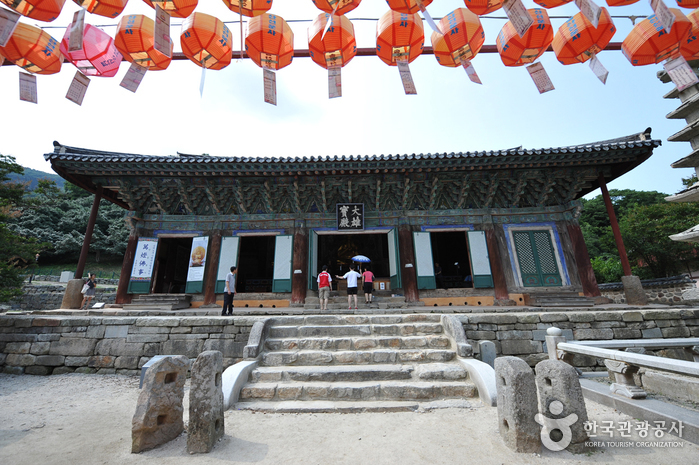
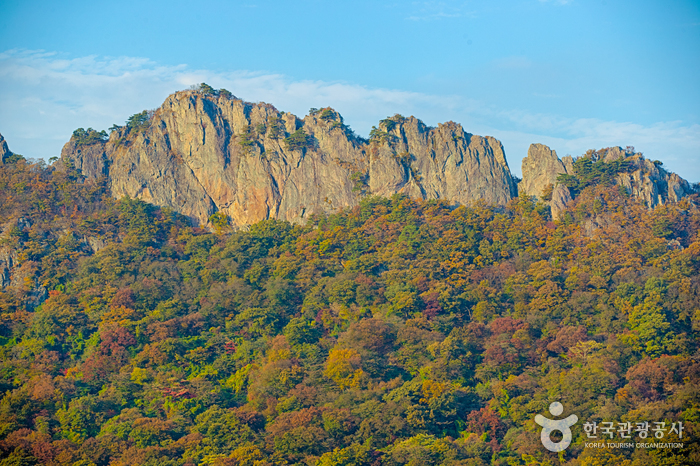
 English
English
 한국어
한국어 日本語
日本語 中文(简体)
中文(简体) Deutsch
Deutsch Français
Français Español
Español Русский
Русский